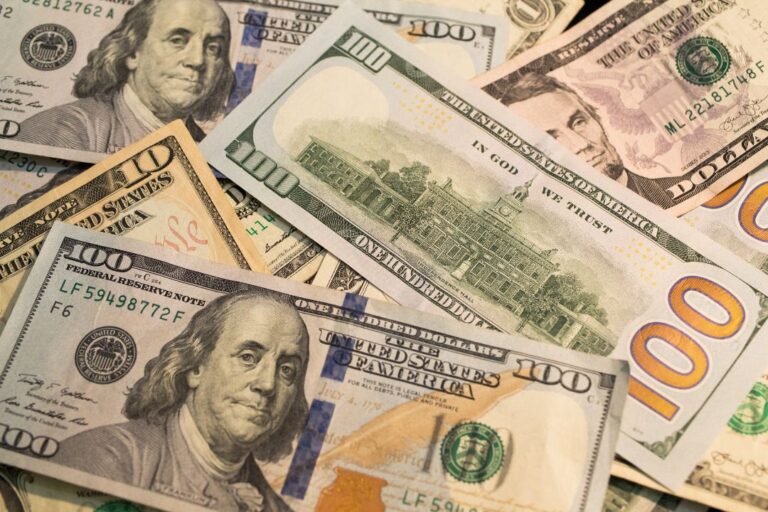The 1935 Cuban Ambassador to the Holy See: A Historical Overview
The role of the Cuban Ambassador to the Holy See in 1935 is an intriguing chapter in the history of Cuban diplomacy and Vatican relations. This article explores the political context of Cuba in the 1930s, the significance of the ambassador’s appointment, and the lasting impact on Cuban-Vatican relations. Through this historical lens, we’ll dive into the challenges and triumphs of this diplomatic position during a time of great political upheaval.
Introduction
To understand the significance of the 1935 Cuban Ambassador to the Holy See, it’s essential to first grasp the role of ambassadors in general. Ambassadors are not just representatives of their countries—they are key players in fostering diplomatic relations, navigating political complexities, and promoting national interests on the international stage. The Cuban Ambassador to the Holy See, specifically, was tasked with maintaining and strengthening Cuba’s relationship with the Vatican, a crucial diplomatic mission during the 1930s.
Understanding the Role of Diplomacy in the 1930s
Diplomacy in the 1930s was particularly volatile. The world was in the midst of the Great Depression, and many countries, including Cuba, were grappling with internal instability. The Vatican, as the center of the Catholic Church, held significant sway over global politics, especially in Latin America, where Catholicism was deeply ingrained in the cultural fabric. The Cuban Ambassador to the Holy See was not just a figurehead but a vital conduit between Cuba’s government and the Vatican’s religious and political influence.
The Political Landscape of Cuba in 1935
Cuba in 1935 was a nation in transition. The political landscape was marked by significant instability, with a series of short-lived governments and military interventions. The country was in the aftermath of the 1933 Cuban Revolution, which had overthrown the dictator Gerardo Machado and led to a turbulent period of governance.
The Cuban Government’s Structure and Leadership
In 1935, Cuba was under the leadership of President Ramón Grau San Martín, who had assumed power after a series of political upheavals. Grau’s government was characterized by reformist policies, but it faced significant opposition from both conservative factions and the military. This turbulent political environment made Cuba’s foreign relations, including those with the Vatican, especially important for maintaining stability and international credibility.
The Influence of President Ramón Grau San Martín
President Grau played a crucial role in shaping Cuba’s foreign policy, including its relationship with the Vatican. His administration was focused on modernizing the country, but he also had to navigate the challenges posed by the Catholic Church’s influence in Cuban society. The appointment of the Cuban Ambassador to the Holy See was a reflection of Grau’s diplomatic priorities during this period.
Relations Between Cuba and the Vatican
Cuba’s relationship with the Vatican had been long-standing, shaped by centuries of Catholic influence in Cuban society. However, the political climate of the 1930s introduced new challenges. The Vatican, under Pope Pius XI, was concerned with the rise of secularism and political ideologies that threatened the Church’s authority. The Cuban Ambassador’s role was to manage these tensions while ensuring that Cuba’s interests were protected.
The Appointment of the 1935 Cuban Ambassador
The appointment of the Cuban Ambassador to the Holy See in 1935 marked a critical turning point in the country’s diplomatic history. The ambassador’s role was to represent Cuba’s interests at the Vatican, navigate religious sensitivities, and strengthen bilateral relations. The individual chosen for this important post had to possess both political acumen and a deep understanding of the Catholic Church’s global influence.
The Selection Process and Diplomatic Considerations
The appointment process was influenced by both political and religious factors. Cuba’s leaders needed someone who could effectively communicate with the Vatican while also reflecting the nation’s political and cultural values. The chosen ambassador had to maintain a delicate balance between religious diplomacy and the secular demands of the Cuban government.
The Significance of the Ambassador’s Role
The ambassador’s role was crucial not only for Cuba’s diplomatic standing but also for maintaining the Church’s influence in Cuban society. The ambassador had to navigate delicate issues, such as the Church’s stance on social reforms and the Cuban government’s policies. This was a time when the Vatican’s influence was still significant, and the ambassador had to be a skilled negotiator.
The Ambassador’s Impact on Cuba-Vatican Relations
The Cuban Ambassador’s tenure had a profound impact on the relationship between Cuba and the Vatican. The ambassador worked to foster a stronger diplomatic bond, which was essential for both countries in the face of external pressures.
Strengthening Diplomatic Ties
The ambassador’s efforts were focused on reinforcing Cuba’s ties with the Vatican. This involved regular communication with the Holy See, addressing issues of mutual concern, and ensuring that Cuba’s political reforms did not conflict with the Vatican’s teachings. By cultivating a positive relationship with the Vatican, the ambassador helped secure Cuba’s position on the global stage.
Navigating Religious and Political Tensions
One of the most significant challenges the ambassador faced was navigating the tension between religious and political interests. Cuba’s government, led by Grau, was pushing for reforms that were sometimes at odds with the Vatican’s conservative views. The ambassador had to find common ground, ensuring that both Cuba’s secular reforms and the Vatican’s religious stance were respected.
The Ambassador’s Legacy
The legacy of the 1935 Cuban Ambassador to the Holy See is felt even today. The ambassador’s diplomatic efforts helped shape the future of Cuban-Vatican relations and left a lasting mark on Cuba’s foreign policy.
Contributions to Cuban Foreign Policy
The ambassador’s work contributed to a more nuanced approach to foreign policy in Cuba. By maintaining a strong relationship with the Vatican, the ambassador helped position Cuba as a more influential player in Latin American diplomacy, especially in matters related to the Catholic Church.
Lasting Effects on Cuba’s Relations with the Vatican
The ambassador’s legacy also extended to the Vatican’s relationship with Cuba. Over the years, the Church continued to play a significant role in Cuban society, and the diplomatic groundwork laid in 1935 contributed to the Church’s ability to influence Cuban politics for decades to come.
Conclusion
The appointment of the Cuban Ambassador to the Holy See in 1935 was a pivotal moment in Cuban history. The ambassador’s role was essential for maintaining and strengthening diplomatic relations with the Vatican, navigating political and religious tensions, and ensuring that Cuba’s interests were represented on the global stage. The legacy of this appointment continues to influence Cuban foreign policy and Vatican relations today.
FAQs
What was the role of the Cuban Ambassador to the Holy See in 1935?
The Cuban Ambassador to the Holy See in 1935 was responsible for representing Cuba’s interests at the Vatican, fostering diplomatic relations, and navigating the political and religious challenges of the time.
How did the Cuban Ambassador influence relations with the Vatican?
The ambassador played a key role in strengthening diplomatic ties, addressing tensions between the Cuban government’s reforms and the Vatican’s conservative views, and ensuring that Cuba’s interests were respected.
What was the political climate in Cuba during the 1930s?
Cuba in the 1930s was politically unstable, with frequent changes in leadership and the aftermath of the Cuban Revolution of 1933. This instability made foreign relations, including those with the Vatican, especially important.
How did the 1935 appointment affect Cuba’s foreign policy?
The appointment helped position Cuba as a more influential player in Latin American diplomacy, particularly in relation to the Catholic Church, and contributed to the country’s foreign policy strategies.
Why is the 1935 Cuban Ambassador’s legacy still relevant today?
The ambassador’s diplomatic efforts laid the groundwork for the enduring relationship between Cuba and the Vatican, influencing Cuban foreign policy and Vatican relations for decades to come.




